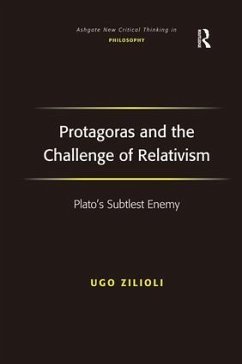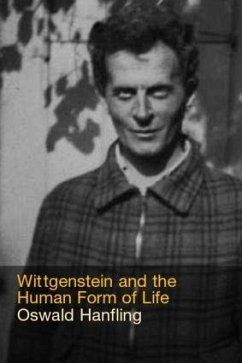
The Special Theory of Relativity
Versandkostenfrei!
Versandfertig in 1-2 Wochen
167,99 €
inkl. MwSt.
Weitere Ausgaben:

PAYBACK Punkte
84 °P sammeln!
Based on his famous final year undergraduate lectures on theoretical physics, Bohm presents the theory of relativity as a unified whole, making clear the reasons which led to its adoption, and explaining its basic meaning.













